Setting financial goals sounds like a horrible task and one that I would rather avoid altogether. Just the word ‘financial’ conjures up images of people in suits, numbers on screens and graphs of economic forces that I know very little about. But, if I put unpredictable global economic forces to one side, there are a few simple practical steps that can be of great assistance when planning financial targets for the year ahead, whether in your business or personal finances.
Step 1: Get honest; really, really honest.
If you’re serious about improving your financial situation, if you genuinely want to map out the route from A to B, you need to know where A is. Where are you starting from and where do you want to go? Step 1 is to bravely remove your head from the sand and look at the reality of your financial situation. Maybe there’s a mountain of debt to clear, maybe outgoings are higher than income, or maybe your financial situation is actually pretty healthy but hundreds of rands that you can’t fully account for disappearing on coffees, lunches and drinks every day. Own up to it. We all know that acknowledging a problem is the first step to solving it. Unfortunately, it can also be the most difficult part. Most of us are pretty skilled at avoiding uncomfortable truths. Twitch and squirm if necessary, but get it done.
Step 2: Get clear on your values.
Ask yourself this question: “Am I spending money in a way that gets me or my business closer to my values, or in a way that takes me or my business further from my values?” Goals are important, we all need direction, but if goals are the vehicle for success, our values are the fuel. Before we land on a goal and charge ahead, it’s important to understand why our goal is important and if it’s the right goal.
If you’re not sure what your values are, take a look at this list from Jamesclear.com for inspiration. Which are the 5 values that best align with your beliefs? If your financial goals are in conflict with these it’s going to hinder your progress; you’ll be at war with yourself. For example, if your highest value is family but the goals you’ve set involve regular travel and long hours in the office you’ll be in constant conflict with yourself. If your highest value is freedom and flexibility but your financial goal involves you committing to a rigid and limiting routine you may find yourself feeling suffocated and at odds with yourself.
Get clear on your values and design your goals so that the strongest parts of your being are all pulling in the same direction.
Step 3: Get SMART.
SMART is a well-known goal setting tool. The acronym stands for Specific, Measurable, Achievable, Relevant and Time-bound. Answering the following questions will ensure your goals are clear and robust:
Specific – What exactly do I want to achieve? What are the specifics?
Measurable – How will I measure progress? How will I know I’ve achieved this goal?
Achievable – Is this goal challenging but possible or am I overwhelming myself with an unachievable target?
Relevant – Does this goal take me in the right direction? Is it in alignment with my wider vision?
Time-bound – What is my deadline? When will I have achieved this by?
For example, “Save more in 2018” is a common open-ended resolution. There’s no clarity on what specifically would constitute success. It’s comfortable and easy to achieve. It’s also completely uninspiring. “Create an emergency fund of R6000 by December 2018 by saving R500 a month throughout the year” includes the relevance of the saving, the specific amounts and the deadline that needs to be reached. It’s a bigger challenge and a much more motivating target.
Step 4: Celebrate your ups and learn from your downs.
In Step 1 you had the courage to remove your head from the sand. Don’t bury it again now. You’ve taken the effort in Step 3 of creating measurable goals, so measure them. Schedule time throughout the year to review your goals and how you’re progressing towards them. Ask yourself “Am I on track?” You might be behind your deadline or maybe you’re doing better than you expected. In either scenario ask yourself “Is this still the right goal? Is this still the priority? Am I moving in the right direction?”
Give yourself a pat on the back if things are going well and if they’re not, take the opportunity to learn something valuable about why. Either scenario offers value.
Step 5: Spend generously.
When you’re goals are on point and you find yourself moving towards your targets at a lightning speed, don’t forget to keep the abundance going by spending generously. A common limitation with money is the power we give it over us; holding on to it and experiencing anxiety around spending it. We forget that the value of money is in what it can be exchanged for. Always spend less than you have, but spend what you do have freely and with generosity. Treat your friends, family and employees, donate to charity and practice gratitude by actively sharing your blessings.

